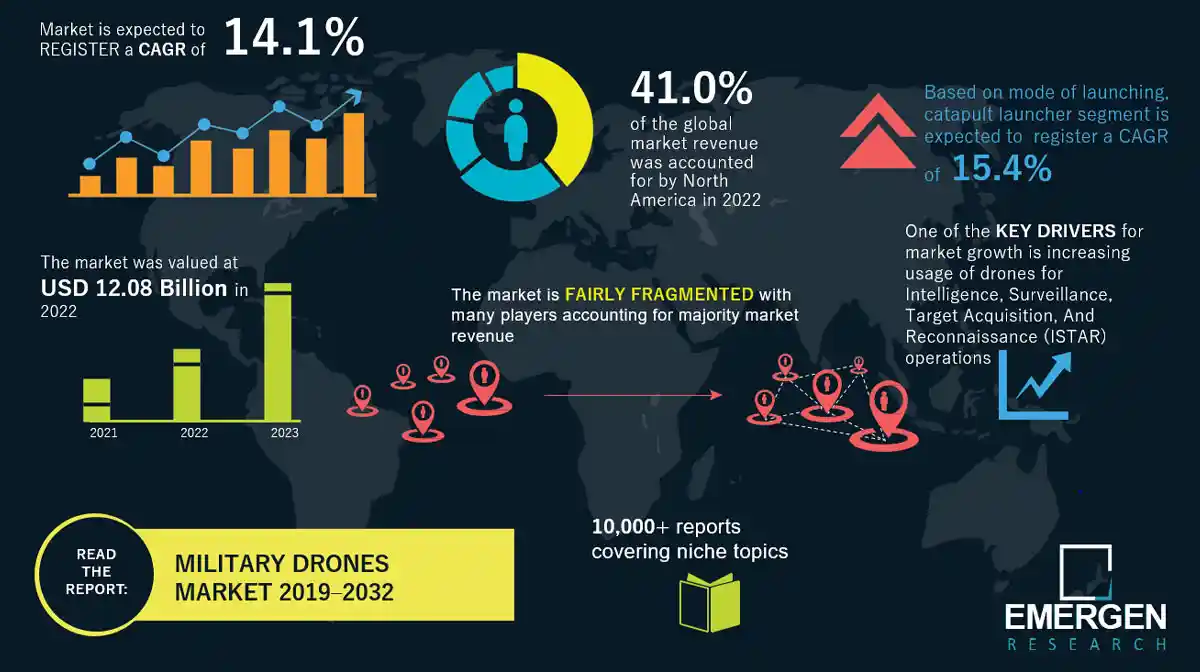The evolution of U.S. drone warfare policy is more than a shift in acquisition or training it is a systemic redefinition of how war will be fought.
By institutionalizing lessons from the Ukraine conflict and combining them with American industrial and technological advantages, the U.S. Department of Defense is laying the foundation for a new era of military capability centered on unmanned dominance.
Defense Alert:
U.S. Government Prioritizes Locally-Made Drone Production to Address Future Combat Needs.
- For defense manufacturers, this presents a generational opportunity to reshape the global military drone market.
- For the U.S. armed forces, it is the path to preserving technological superiority in an increasingly contested and drone-dominated future.

According to U.S. Chief Pentagon Spokesman Sean Parnell during the Weekly Sitrep video briefing, the U.S. Department of Defense will reallocate funds saved through the U.S. Department of Government Efficiency to directly support the approval and acquisition of hundreds of new drone systems made by American companies to achieve a rapid technological leap across the armed forces.
In a detailed breakdown of the Pentagon's new drone policy, Defense Secretary Hegseth outlined a three-pronged strategy focused on bolstering domestic production, accelerating fielding of advanced systems, and transforming military training to reflect the realities of modern drone warfare.
1 The first initiative is to strengthen the U.S. drone industrial base by fast-tracking the authorization of hundreds of American-made drones for military purchase. The Pentagon will now explicitly prioritize the procurement of systems manufactured within the United States, leveraging private investment to build a scalable and resilient drone supply chain. This move is intended to reverse the previous trend of foreign dependency and ensure U.S. military autonomy in a rapidly evolving domain.
2 The second objective is to empower frontline units with battlefield-ready drone technology. Hegseth confirmed that the Department of Defense is investing in low-cost, AI-enhanced unmanned systems designed by leading American engineers and artificial intelligence specialists. These drones will be optimized for reconnaissance, targeting, loitering munitions roles, and swarm-based operations, and will be tailored for deployment at every echelon of combat from squad-level ISR missions to division-scale operational drone coordination. This initiative seeks to enable what Hegseth termed a “technological leapfrog” giving American forces decisive asymmetric advantages on the future battlefield.
3 The third pillar of the plan focuses on doctrinal transformation. Recognizing that technology alone is not enough, Hegseth stressed the importance of training military personnel to operate and integrate drones as central assets in combat. “We’ll train as we expect to fight,” he stated, emphasizing that existing bureaucratic obstacles around budgeting, procurement, and combat simulation must be dismantled to ensure operational readiness. Beginning in 2026, drone-centric force-on-force training will be integrated into all major Army and joint force training exercises. This includes simulated drone warfare scenarios, swarm engagements, and electronic warfare environments, reflecting real-world adversarial tactics and the high-intensity conflict models observed in Ukraine.
The U.S. military’s strategic realignment toward drone warfare is directly influenced by the lessons learned from the ongoing Russia-Ukraine war. In that conflict, drones have become not just an auxiliary capability but a dominant force shaping every level of combat. From commercial quadcopters used to direct artillery, to FPV suicide drones launched in swarms, both Ukrainian and Russian forces have demonstrated the tactical and strategic impact of unmanned aerial platforms. These systems have neutralized armor, suppressed enemy positions, and executed deep interdiction missions far behind the front lines often at a fraction of the cost of conventional munitions.
- While legacy platforms like the MQ-9 Reaper and RQ-7 Shadow continue to play important roles, they are expensive, less agile, and increasingly vulnerable to modern air defense and electronic warfare systems.
- The future of U.S. drone warfare lies in the widespread deployment of affordable, modular, and AI-enabled platforms that can operate autonomously or in coordinated formations.
- These include loitering munitions, vertical takeoff and landing (VTOL) reconnaissance drones, electronic warfare-resistant UAVs, and AI-driven swarming drones that can overwhelm enemy defenses with speed and unpredictability.
This shift has ignited a major transformation in the U.S. defense industry.
- Leading American firms such as Anduril Industries, AeroVironment, Shield AI, Skydio, and General Atomics are now aggressively developing next-generation UAS technologies.
- Key programs already underway include the Army’s Future Tactical Unmanned Aircraft System (FTUAS), the Air Force’s Collaborative Combat Aircraft (CCA) under the Next Generation Air Dominance (NGAD) framework, and DARPA’s OFFSET and AMASS drone swarm initiatives.
- These efforts represent a convergence of artificial intelligence, robotics, and military innovation that will define the battlespace for decades to come.
- Demand is expected to surge across all services Army, Navy, Air Force, and Marine Corps as commanders seek flexible, scalable drone solutions to match the pace of future combat operations.
- This includes drone-manned teaming architectures, battlefield resupply drones, swarm-enabled ISR networks, and air-launched effect systems deployable from both crewed and uncrewed platforms.

Exclusive Report: U.S. Navy to convert Zumwalt destroyer to hypersonic missile strike vessel with 2027 test planned.

- This capability shift positions the Zumwalt-class as the Navy’s first operational maritime hypersonic platform, with the lead ship, USS Zumwalt (DDG 1000), scheduled to conduct its CPS live fire demonstration in 2027.
- With the cancellation of LRLAP in 2016 due to unsustainable costs, the AGS lost operational relevance, and the Navy began reevaluating the class's strategic role.
- The Navy has removed the AGS mounts from the forward deckhouse of USS Zumwalt, replacing them with the newly designed Large Missile Vertical Launch System (LMVLS) capable of accommodating the much larger CPS hypersonic weapons.
- Unlike the standard Mk 41 Vertical Launch System (VLS) found on other Navy surface combatants, the LMVLS features wider and deeper cells required to house the CPS canister and its associated launch infrastructure.
- Program officials have acknowledged that software integration remains a high-risk area, with developmental versions of the advanced payload module scheduled for delivery in spring 2025.
- This module is critical, as it will serve as the interface between the ship’s launch systems and the CPS missile canister.
In addition to the CPS integration, other legacy weapon systems on the DDG 1000 are being reconfigured to support the ship’s new strategic strike role. While the Mk 57 Peripheral Vertical Launch System (PVLS), originally installed for Tomahawk and Standard Missiles, remains part of the ship’s armament, its role is now secondary to the LMVLS. The ship’s AN/SPY-3 Multi-Function Radar and the Total Ship Computing Environment (TSCE) are also undergoing software upgrades to support long-range targeting and coordination for hypersonic missions, ensuring seamless command and control across joint strike networks.
- The ongoing transformation marks a major milestone in the U.S. Navy’s modernization roadmap, enabling a new surface warfare concept built around distributed lethality and rapid-response precision strikes.
- Once operational, the CPS-armed Zumwalt-class destroyers are expected to offer a formidable combination of stealth, survivability, and first-strike capability, capable of penetrating high-threat anti-access and area-denial environments with unprecedented speed and lethality.



No comments:
Post a Comment